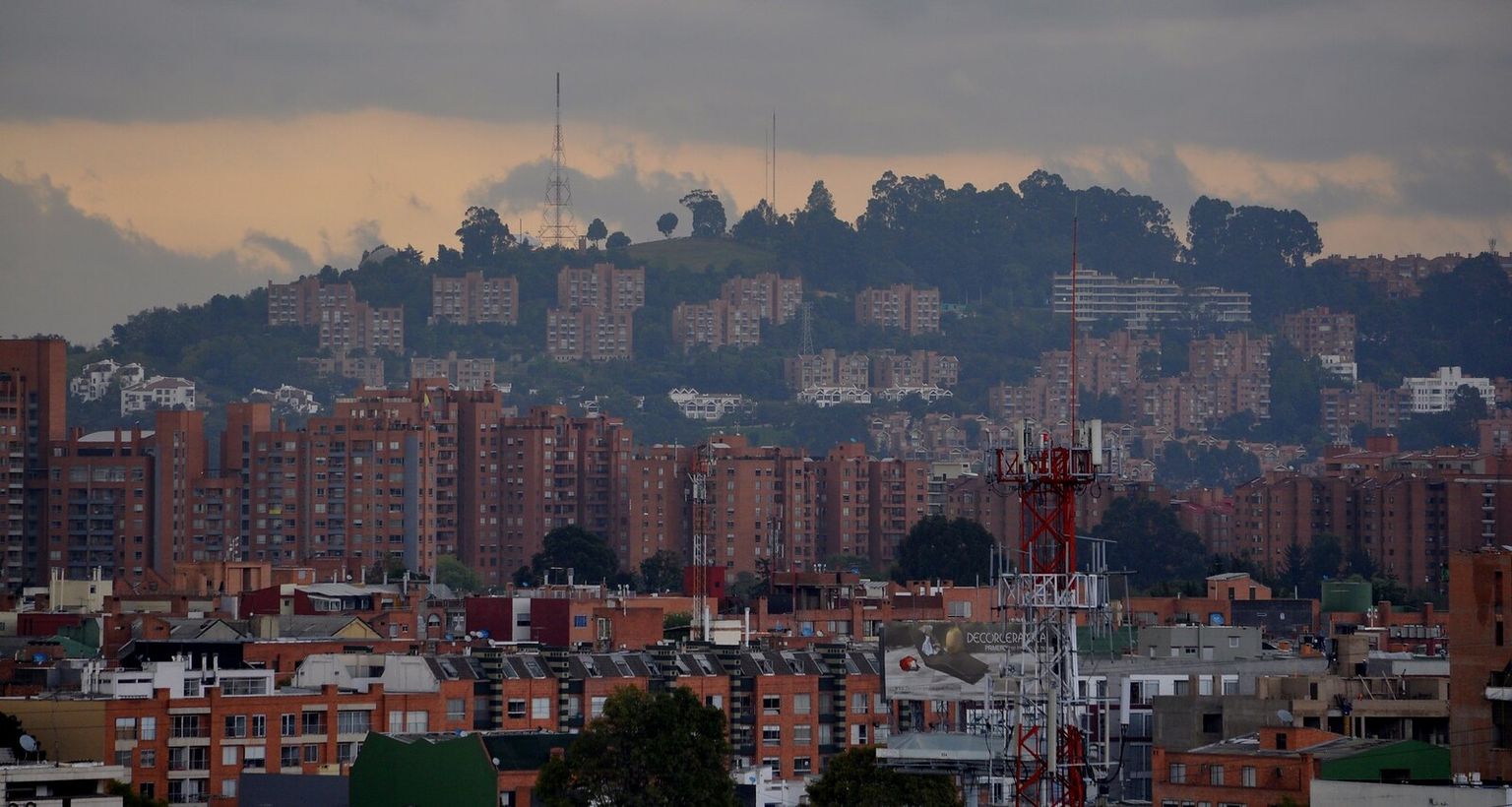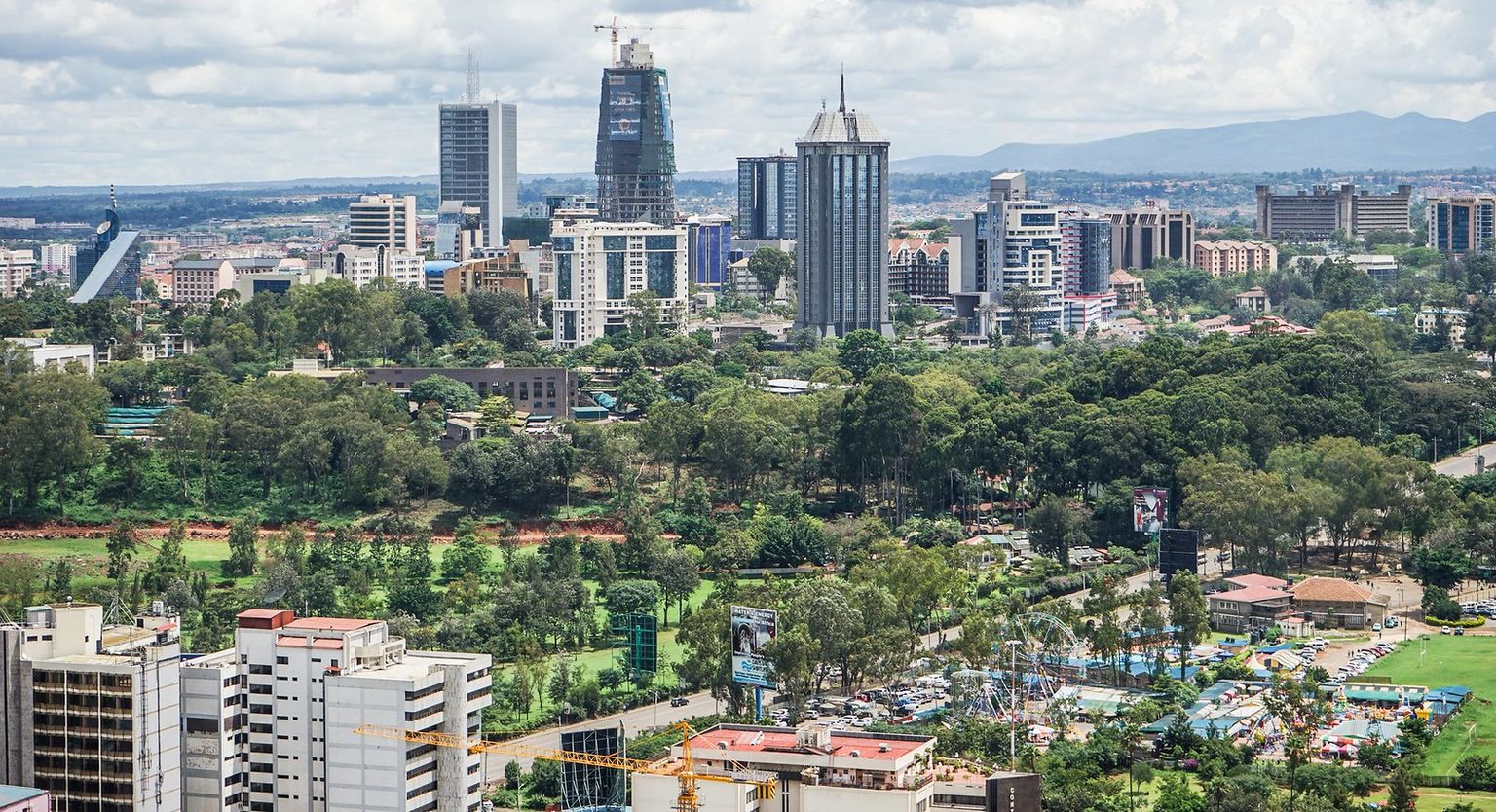This website does not support Internet Explorer, your current browser.
Please view the site with a modern browser such as Google Chrome or Mozilla Firefox.
Development Assistance
Case Illustrations
Development assistance was used to help prevent or respond to mass atrocities in both Colombia and Kenya. Read the brief illustrations below to learn how this tool was used in these cases:
Colombia (2000–16)

Bogota, Colombia. October 10, 2016. —Alfredo Villegas/Flickr
In 1964-65, leftist insurgent groups in Colombia, including the Revolutionary Armed Forces of Colombia (FARC) and the National Liberation Army (ELN), emerged and began using terrorist and extortion tactics aimed at overthrowing the Colombian government. In response, right-wing paramilitaries formed and consolidated under the United-Self Defense Forces of Colombia (AUC) (Felter and Renwick 2017; CRS 2021). All sides in the conflict committed gross human rights violations, including kidnappings, assassinations, and massacres, and an estimated 260,000 people were killed, mostly civilians (CBC News 2018). From 2000 to 2016, the United States provided over $10 billion to Plan Colombia–the country’s strategy for enhancing security and development–through annual appropriations legislation. Since 2002, Congress required certification that the government of Colombia and its military forces were complying with human rights standards in order to receive a mandated percentage of its aid package. Some observers claim that conditional US assistance led to a decrease in extrajudicial killings by the Colombian government (Haugaard 2015), yet others cite an increase (Reyes 2010).
Kenya (2008–13)

Nairobi, Kenya. April 17, 2016. —Nina R./Flickr
Violence following Kenya’s disputed December 2007 presidential election left more than 1,000 Kenyans dead and 500,000 displaced in the two months following the elections (CSIS 2009; Halakhe 2013, p. 5). Following a mediated power sharing agreement, the international community took action to provide funding for programs and projects designed to prevent and mitigate such violence in future elections. Ten countries and forty organizations directly contributed to the multinational effort, with the United States, through USAID, serving as the largest single donor, providing $150 million over five years (Cho et al. 2015). This assistance included support for both local civil society and international organizations to implement projects aimed at hate speech monitoring, peace messaging, early warning systems, voter education, and securing and professionalizing elections and political parties (Cho et al. 2015). Kenya’s 2013 elections were also closely watched by outside observers as well as an Independent Electoral and Boundaries Commission (Fagan 2013, p. 2). Despite electoral delays and a closely contested race, the elections went off without major violent incidents and saw a record 86 percent voter turnout (Kimenyi 2013; USAID 2014).